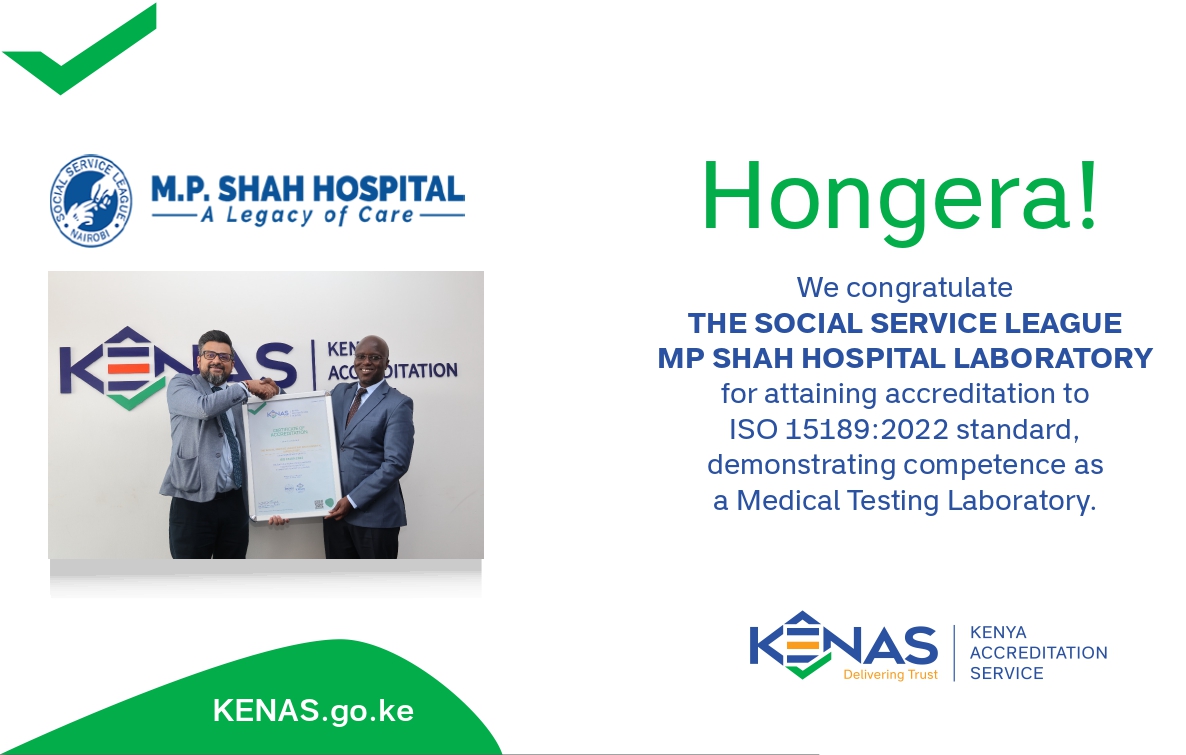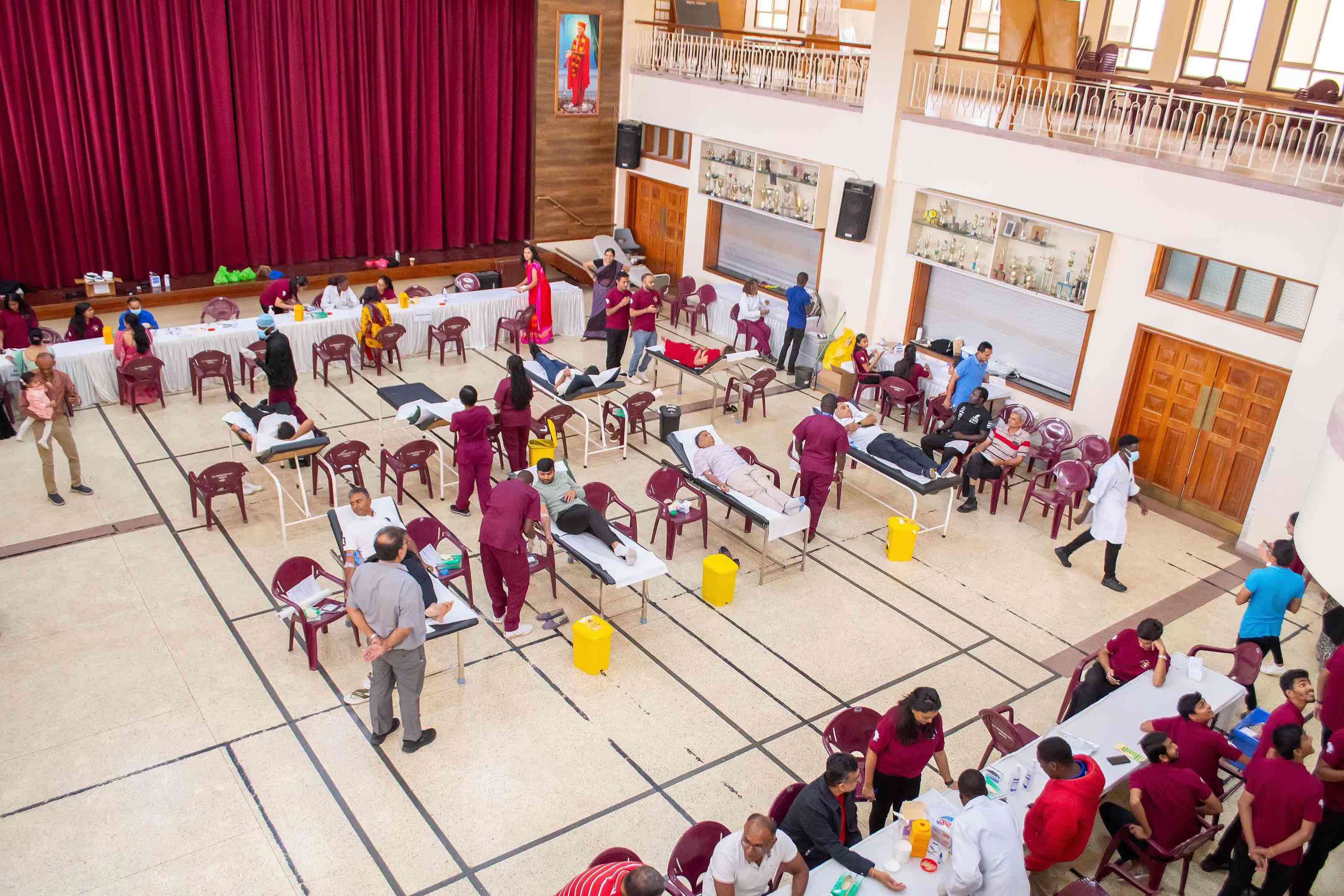
Sub-Saharan Africa has traditionally been viewed as plagued with communicable diseases- Malaria, Schistosomiasis, Tuberculosis, and HIV/AIDS, to mention a few. In fact, the neglected tropical diseases are all communicable diseases. However, data on the causes of mortality in developing countries in Africa over the last 15 years have revealed a change in the contribution of communicable diseases to mortality in Africa. The prevalence of non-communicable diseases such as Hypertension, Diabetes and Obesity has been steadily increasing across sub-Saharan Africa, including Kenya. Experts are now discussing an “epidemiological shift/transition” in Africa, given the contribution of stroke and myocardial infarction to hospital fatalities, conditions that are recognized complications of these non-communicable diseases.
Diabetes is a state of chronic elevation in blood glucose. According to the International Diabetes Federation (IDF), it was estimated that 589 million people aged 20-79 years worldwide were living with Diabetes as of 2024 (11.1% of the global population in this age group). This number is projected to increase to 853 million (13% of the global population) by 2050. However, Africa has the highest number of people living with undiagnosed diabetes, where 1 in 5 people living with diabetes are undiagnosed, the highest proportion of all the IDF regions.
As earlier stated, Diabetes is a state of persistently elevated blood glucose (hyperglycaemia). The onset of hyperglycaemia is usually unnoticed and may persist for months or years before it is eventually detected, long enough to initiate the processes that result in other medical conditions related to diabetes, referred to as complications. Furthermore, most people living with diabetes have poorly controlled blood glucose. This state of chronic hyperglycaemia is responsible for the clinical presentation of Diabetes and largely for the development of complications of the disease, such as chronic kidney disease (CKD), heart disease, and diabetic foot ulcer. Diabetes is the second leading cause of CKD after hypertension, and significantly increases the risk of developing myocardial infarction, heart failure and stroke; diabetic retinopathy
is the leading cause of blindness in working age adults, and diabetic foot ulcer is the leading cause of non-traumatic leg amputations globally.
Improving access to health education on diabetes is empowering people with information which would help in changing lifestyle choices (such as doing regular blood glucose checks, healthy eating, being physically active, and cutting down on alcoholic beverages consumption) as well as improving the health-seeking behaviour, changes that would contribute to reducing the burden of diabetes and its complications as well as reducing attendant healthcare costs. The Diabetes Care Centre of M.P. Shah Hospital has several specialized units (endocrinologists, nutritionists, specialist nurses, psychologists and exercise specialists) dedicated to the care of people living with diabetes. The hospital also has a multidisciplinary team that manages the several complications of diabetes.










